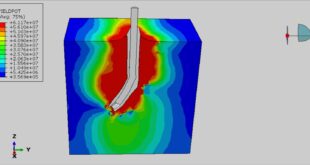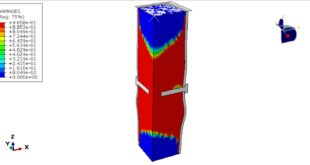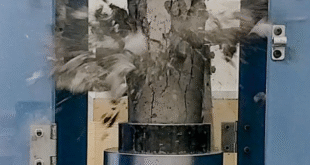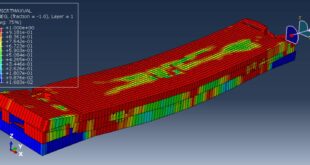In this tutorial, the Fire simulation in Abaqus-Thermal and Structural analysis of a steel frame has been investigated. The steel beam is modeled as an I-shape three-dimensional part. The two box columns are modeled as three-dimensional parts. You can see a figure of the assembled parts below
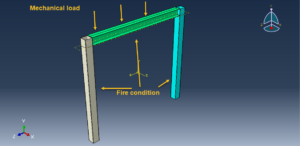
Steel has been at the forefront of efficient construction in the last few years, where it has been used widely in the construction of high-rise buildings, industrial structures, and residential structures. What makes steel one of the most appealing materials in the construction industry is its engineering properties. The most appealing properties of steel are its strength-to-weight ratio, ductility, and flexibility. Such properties allow designers to build structures such as skyscrapers, which certainly would have not been possible with any other material. Steel can also be prefabricated and shipped to construction sites easily, which is quite beneficial when it comes to meeting the ever-increasing demands of new buildings. Nevertheless, there is a huge downside to using steel as a construction material because of its low resistance to fire when compared to other construction materials such as concrete. Steel loses almost half of its strength when subjected to temperatures that are equal to or greater than 590 °C, which will eventually lead the structure to fail. The losses that follow structural failures caused by fire are colossal and can take different forms, such as loss of human lives, environmental loss, and economic loss. Hence, the insurance of structural stability of a building under fire loading has been one of the most important and challenging aspects when it comes to designing a new structure. It is important that in the event of a fire, structures can withstand the minimum level of life safety not only for the occupants but also for firefighters and the public that are in proximity to the building. The minimum level of fire safety design must ensure a reduction of the risk of deaths and injuries, protect the contents of a building, and ensure that the building continues to function after the fire with the least amount of repair possible
There are three ways for heat transfer in the fire analysis, Conduction, Convection, and Radiation. All the methods are implied in this tutorial. The proper material data depends on the temperature in both the thermal and structural models used. Proper boundary conditions and mesh are assigned to all parts. In the first model, the fire effect is simulated by a heat transfer model, in the second stage, the static model with fire and mechanical load is considered.
After the simulation, all results like temperature, stress, strain, displacement, buckling, and other data are available. You can see the figures of the results below
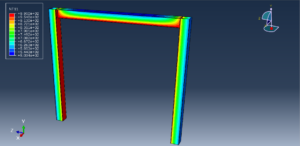
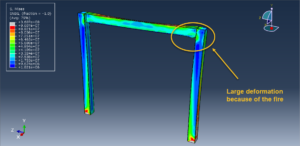
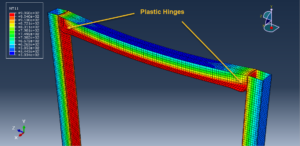
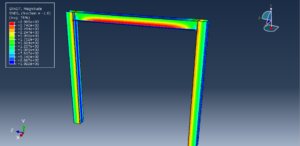
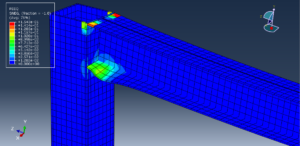
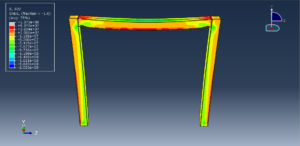
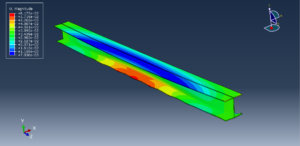
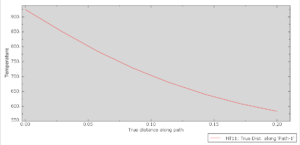
You can provide CAE, INP, and English video files of this simulation here. The cost of these files is Thirty Euros. you can click on the bellow bottom to begin the process
You can purchase the tutorial through a PayPal account, a Visa, or a Master card, just before payment, send me an email to this address: karampourp@gmail.com
 Abaqus tutorials Abaqus tutorials
Abaqus tutorials Abaqus tutorials
